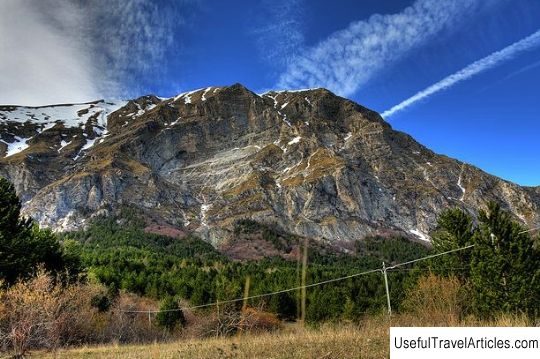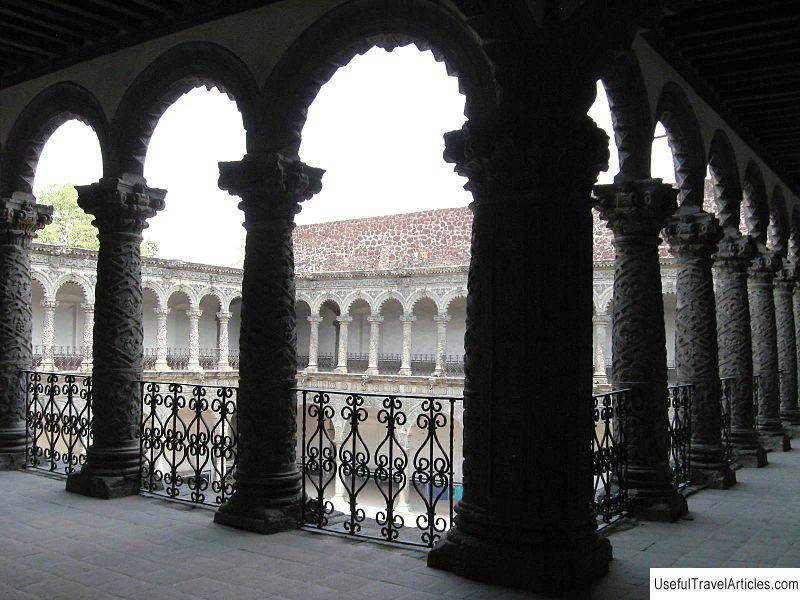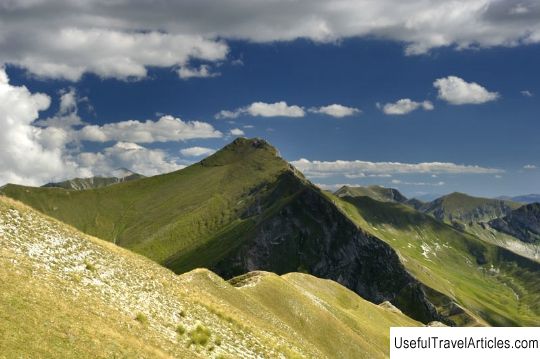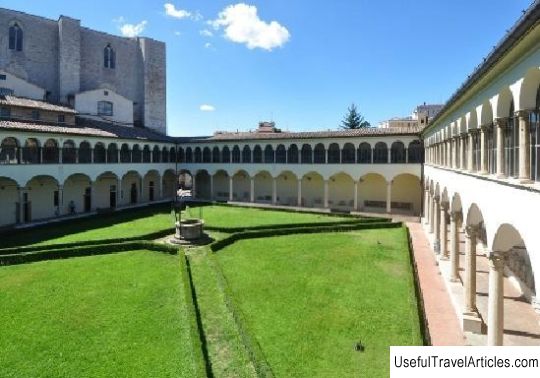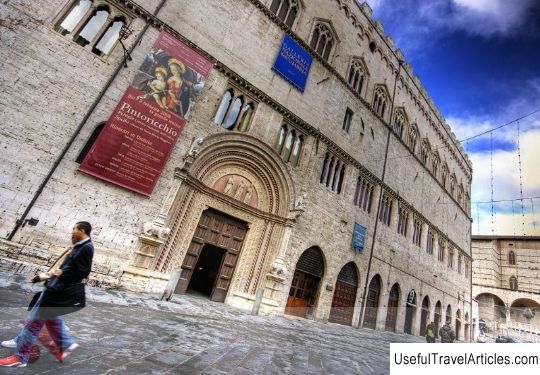Norcia description and photos - Italy: Umbria
Rating: 7,9/10 (100 votes) 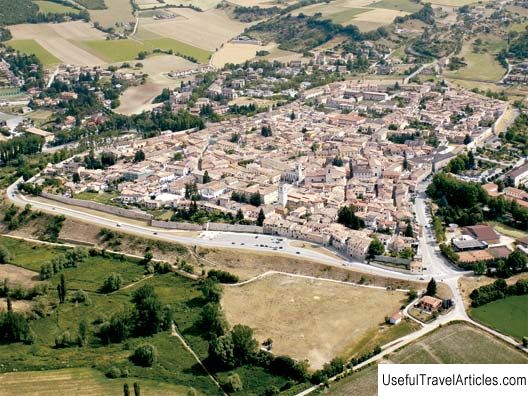
Norcia description and photos - Italy: Umbria. Detailed information about the attraction. Description, photographs and a map showing the nearest significant objects. The name in English is Norcia. Photo and descriptionNorcia is a tiny picturesque town in the province of Perugia in the southeast of Umbria. It spreads over a wide plain at the foot of the Monti Sibillini mountains, which are part of the Apennines. The area has become famous for its atmosphere and wonderful landscapes, which made it a starting point for mountaineers and hikers of various difficulty levels. Hunting tourism is highly developed here - the most popular hunting object is wild boar. Excellent sausages and ham are made from the meat of these wild boars. Traces of the first human settlements on the territory of modern Norcia date back to the Neolithic era. And the history of the city itself dates back to the 5th century BC, when the settlement of the Sabines was founded here. Its inhabitants supported the Romans in 205 BC. during the Second Punic War, then the city received the Latin name Nursia. From those times to the present day, only a few ancient Roman ruins have survived, dating back to the 1st century BC. There are especially many of them on the territory of the Church of San Lorenzo - the oldest in the city. It was in Norcia in 480 that Saint Benedict, the founder of the Benedictine monastic order, and his twin sister Saint Scolastica were born. In the following centuries, the city was conquered by the Lombards and became part of the Duchy of Spoleto. In the 9th century, it was severely damaged by the Saracen raids, which marked the beginning of a period of deep decline. It was only in the 12th century that Norcia received the status of an independent commune within the Papal States, which contributed to the growth of the city's political and economic prestige. However, the proximity of the mighty Spoleto and the earthquake of 1324 put an end to Norcia's ambitions. Today the old center of Norcia is located mostly on a flat area, which is quite unusual for the cities of Umbria. It lies entirely within the ancient city walls that withstood the 14th century earthquake and subsequent disasters. After the 1859 earthquake in Norcia, the construction of buildings higher than three stories was banned, and certain rules were introduced, prescribing the use of earthquake-resistant materials and special construction techniques. The main basilica of Norcia, dedicated to Saint Benedict, stands next to the Benedictine monastery. The current temple was built in the 13th century on the ruins of an older Roman building, which some historians believe was a basilica or the same house in which the saint was born. The facade of the church is made in the Gothic style and is distinguished by a central round rosette window and a bas-relief depicting four evangelists. Inside you can see the fresco "The Resurrection of Lazarus", painted in 1560 by Michelangelo Carducci, and above the altar there is an image of St. Benedict and King Totila by Filippo Napoletano. Another notable church in Norcia - Santa Maria Argentea - is the city's cathedral, which houses several works by Flemish masters, a richly decorated altar and the painting "Madonna and Saints" by Pomarancio. Gothic the 14th century Sant'Agostino Church is interesting for its frescoes depicting Saints Roch and Sebastian. And the temple of San Francesco is distinguished by a portal crowned with a Gothic rosette window decorated with white and pink stone decorations.          We also recommend reading Juma-Jami Mosque description and photo - Crimea: Evpatoria Topic: Norcia description and photos - Italy: Umbria. |
